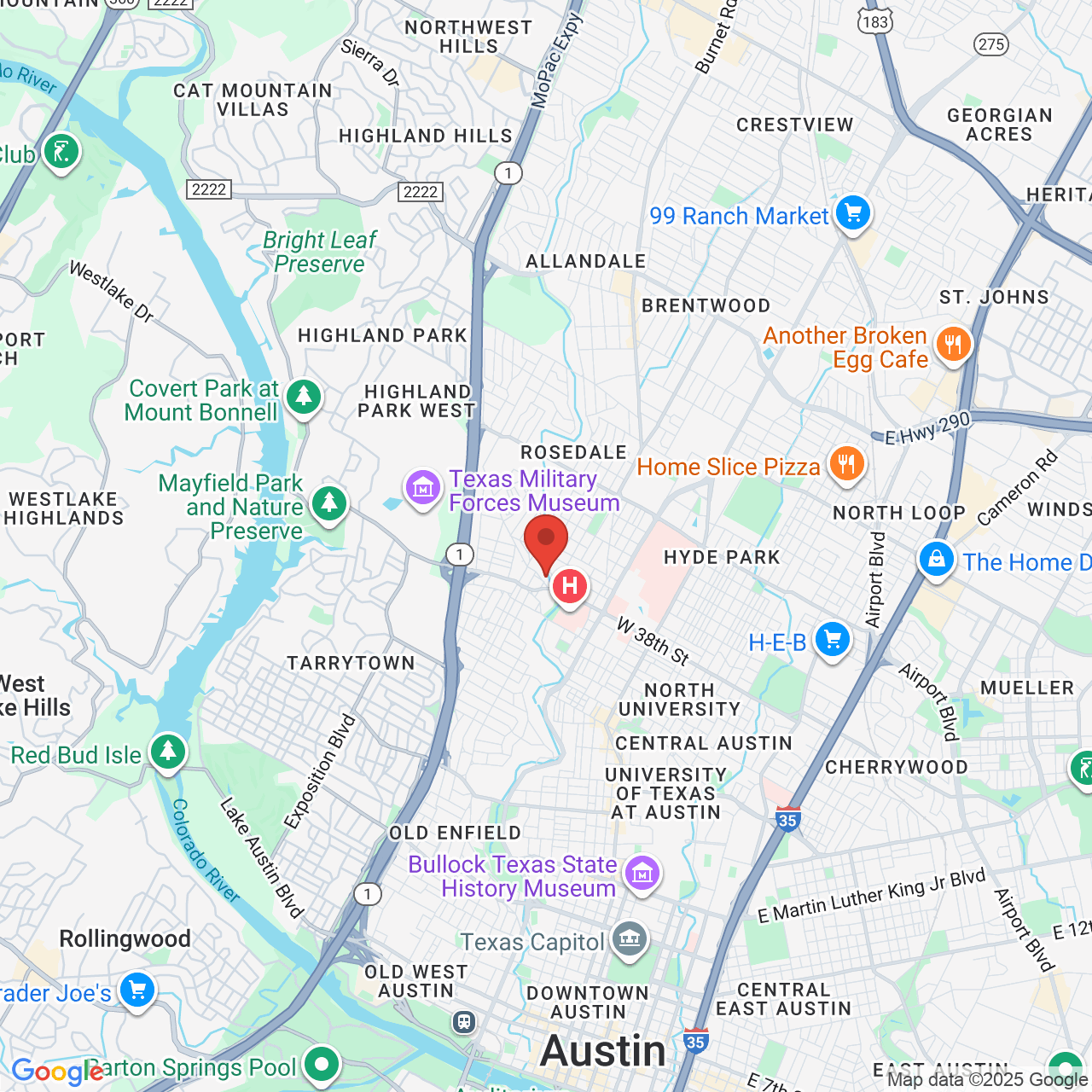History of the Dental Bridge
 Did you know that attempts at tooth replacement go back as far as 7000 BC, when ancient civilizations used anything from bamboo pegs to seashells to replace their missing teeth?
Did you know that attempts at tooth replacement go back as far as 7000 BC, when ancient civilizations used anything from bamboo pegs to seashells to replace their missing teeth?
Here, we explore the long history of the dental bridge and explain how this custom restoration has evolved throughout the years, leading to the effective treatments in use today.
At 38th Street Dental in Austin, TX, we offer a wide range of teeth replacement options, including dental bridges, dentures, and dental implants.
Anatomy of a Dental Bridge
A modern dental bridge replaces a single missing tooth or a row of missing teeth. This restoration is comprised of two dental crowns on each end, with a prosthetic in between.
The crowns are bonded to healthy natural teeth, and the artificial tooth or teeth span the gap, completing your smile.
Dental bridges can be supported by natural teeth or dental implants, depending on your long-term goals and preferences.
Ancient Egyptians and Dental Bridges
Archaeologists have made some compelling discoveries. For instance, Egyptian mummies, which date back to 1900 BC, were unearthed with dental bridges still in place.
To fill in gaps left by missing teeth, artificial teeth were secured to the adjacent teeth using gold and silver wire.
Other Forms of Teeth Replacement
As the centuries passed, our ancestors continued to find ways to replace missing teeth. Many civilizations began using teeth from animals to complete their smiles.
More commonly, individuals would use teeth from the deceased or the poor to replace their own missing teeth.
However, these methods caused infections, and as a result, did not last. However, this technique remained in use until the 19th century. In fact, this tooth replacement option was called “Waterloo teeth” because teeth were taken from deceased soldiers after the 1815 Battle of Waterloo.
Paul Revere: The First Forensic Dentist
You undoubtedly learned a lot about Paul Revere in history class. However, many people do not know that dentistry was included among his many talents.
He studied under John Baker, an English dentist who came to the United States to begin his own career. Dr. Baker also crafted some of George Washington’s dentures.
During the Revolutionary War, Revere was called upon to identify the body of a fallen soldier. He confirmed the identity of Major General Joseph Warren by recognizing the dental bridge that he himself had crafted only a few years before.
Modern Advances in Dentistry
As dental techniques improved, so did the materials themselves. The development of composite resin and the refining of dental ceramics gave way for the modern, natural-looking restorations we use today.
Additionally, dentists now focus on restoring health and function as well as aesthetics. Therefore, modern restorations fit in with the natural bite and blend in seamlessly with the rest of your teeth.
Contact Our Practice
If you are missing teeth, rest assured that dental methods have improved significantly since ancient times. To learn more about bridges, implants, or any of the other restorative options at 38th Street Dental, schedule a visit today. Contact us online or give us a call at (512) 458-6222.


